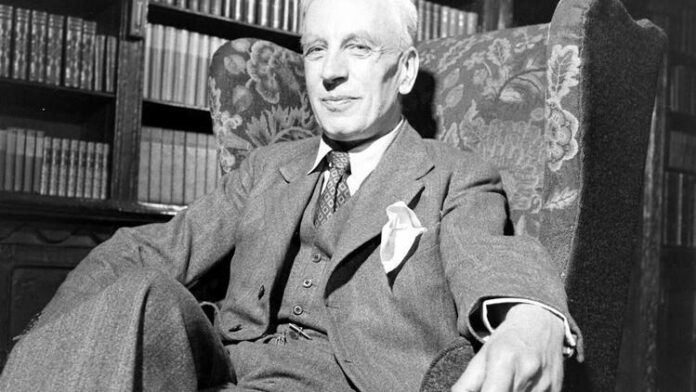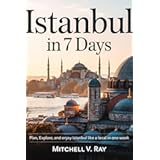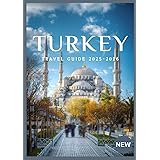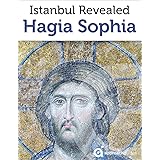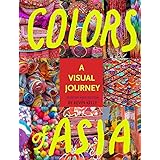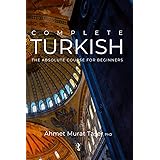One of the names discussed in the book is Arnold Joseph Toynbee.
by TALİP ERTÜRK [email protected]
“Turkey in the Eyes of the British 1776-1923” by David S. Katz focuses on the activities of five important figures who contributed to the construction of the Turkish image at a time when the British Empire determined the fate of peoples and geographies. The book also offers an important opportunity to correct some well-known mistakes.
Edward Said, the first name that comes to mind when orientalism is mentioned, in his famous work, expressed the concept of the East in the eyes of Europeans and Americans as “a universe of texts”, a “topos” rather than a geography, a series of references, a collection of features. ‘Turkey through the Eyes of the British 1776-1923’ by David S. Katz is the story of five British intellectuals, historian Edward Gibbon, poet Lord Byron, politician Benjamin Disraeli, novelist John Buchan and historian Arnold Toynbee, who had a very important influence on the idea of the East in the West’s imagination. traces their biographies and their contributions to this ‘text universe’. Many of the faces of this period, in which the world was perceived through races and nations, and it was clearly stated that the ‘sick man’ should be driven out of Europe, visited the Ottoman Empire in person, and these visits often nullified the prejudices acquired at the desk.
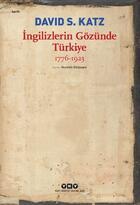
The first of these five names, discussed in chronological order by David S. Katz, is Edward Gibbon, who deeply influenced not only historiography but also Western culture in general, with his monumental work ‘History of the Decline and Fall of the Roman Empire’. In the second and third volumes of the work, Gibbon, who revealed the peace of the Eastern Roman Empire since the foundation of Constantinople, could not help but pay special attention to the Turks who brought the Roman Empire to an end. Edward Gibbon’s interpretation of Turkish history, which is full of mistakes and deficiencies, fed from limited resources in Western languages, has cast the mold of the Turkish image, the effects of which continue even today, while embodying all the handicaps of being completely at a desk.
The second name that the book deals with is the famous poet Lord Byron, who is often confused with Greek admiration and Turkish hostility. Byron, who became the symbol of the Greek struggle for independence after his death, went on a ‘grand tour’ that would become a fashion among the European aristocrats of the time, visiting various regions of the Ottoman Empire, and had the chance to personally experience how incomplete and misleading desk information about the East was. is doing. It may be surprising to see that Byron, who stayed in Istanbul for six weeks, had more Turkish fans than Turkish enemies.
Benjamin Disraeli, who is considered one of the most important politicians in the history of the British Empire, encountered a very different world than the one he read in the books on his tour to the East, which he followed in the footsteps of Lord Byron, who had a profound effect on him. It was largely thanks to this visit that Disraeli’s political career and some of his pro-Ottoman ideas that he would defend during his prime ministership were shaped.
The author of the famous novel ’39 Steps’, John Buchan, while engaged in various intelligence activities during World War I, wrote his popular novels as part of the propaganda war. Buchan’s best-selling novel ‘Green Kaftan’ played an important role in establishing the stereotypes about Turkish culture.
Arnold Joseph Toynbee is undoubtedly the most controversial of the names Katz has discussed. Today, no one can pull out the stone that Toynbee, who became a solid cog in the British propaganda machine during World War I, threw into the well with his report “Treatment of Armenians in the Ottoman Empire” written about the internal turmoil in Anatolia. While this report, which would later become popular as the “Blue Book”, formed the basis of the Armenian argument, Toynbee’s opinion about the Turks changed over time and supported the independence struggle by following the War of Independence on the spot.
It is very interesting to see the contrast between the writings of the five names discussed throughout the book and their thoughts. In this respect, ‘Turkey in the Eyes of the British’ offers an important opportunity to correct some well-known misconceptions.
How the Turkish image of the British was shapedIN THE BRITISH EYES
TURKEY 1776-1923
David S Katz
Translated by Nurettin Elhuseyni
Yapı Kredi Publications, 2021
256 pages, 32 TL.
Source: https://www.hurriyet.com.tr/kitap-sanat/ingilizlerin-turk-imaji-nasil-sekillendi-41867377

